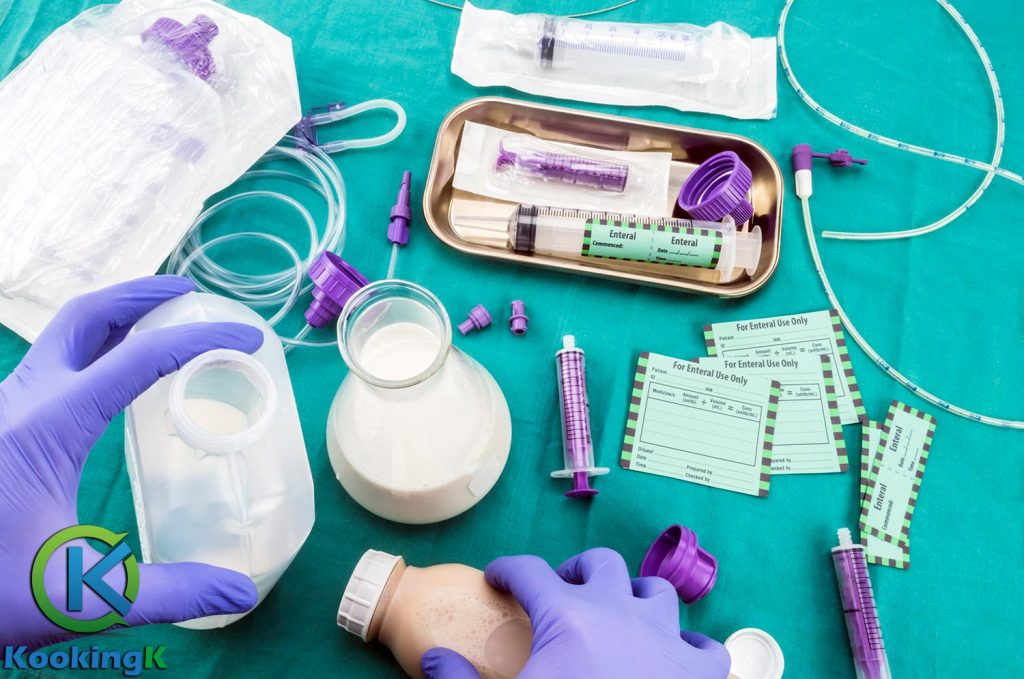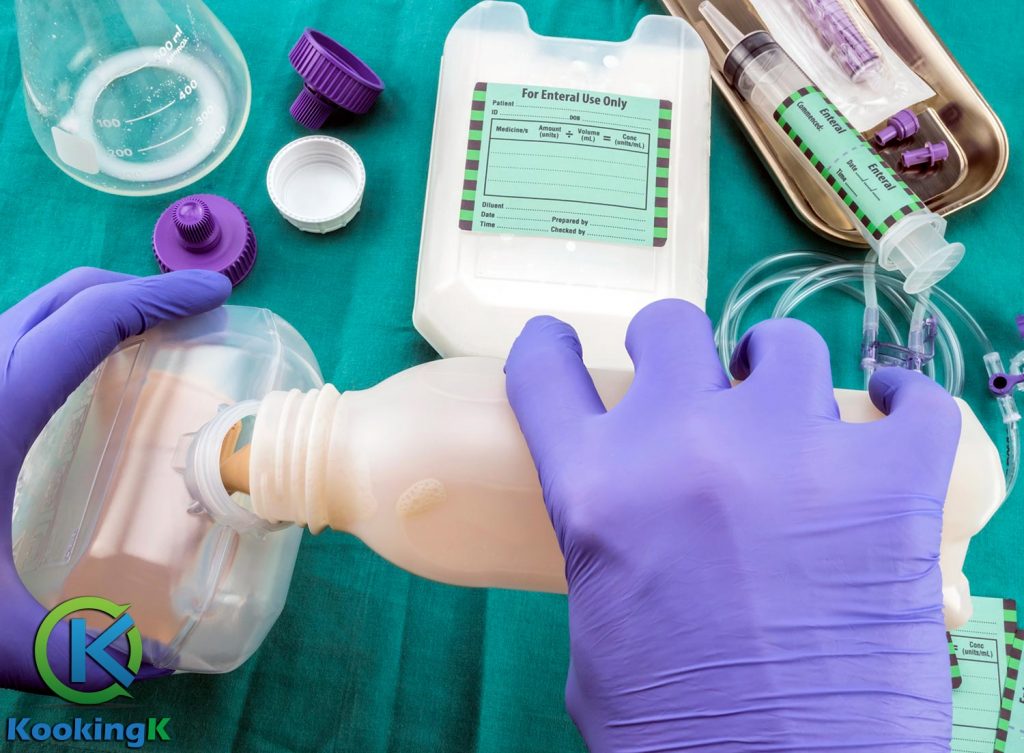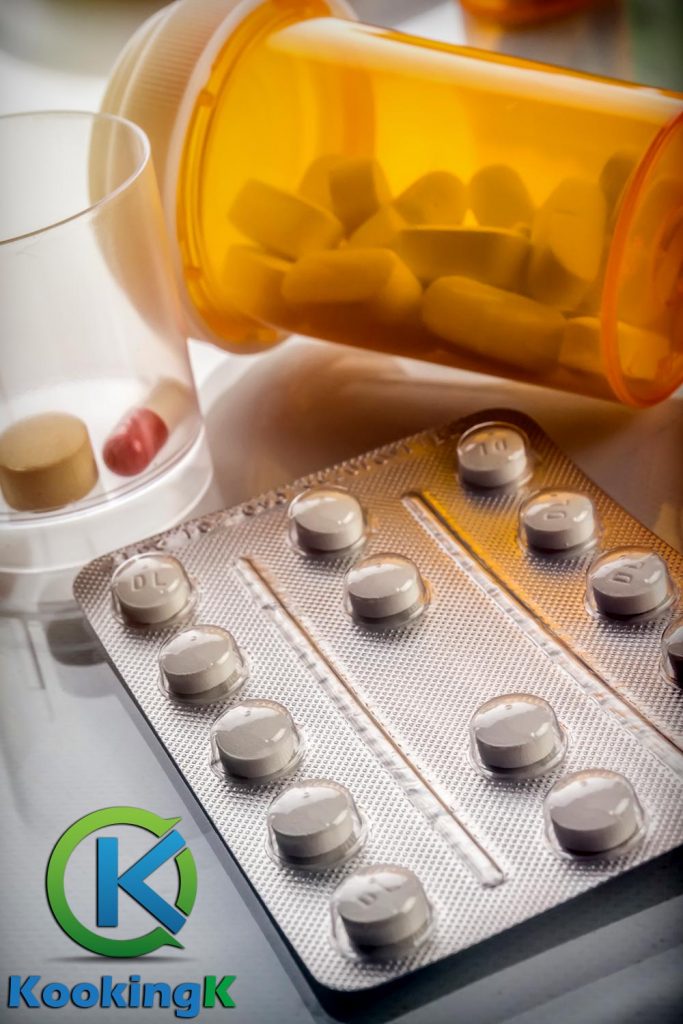What is G –Tube or Gastrostomy?
Gastrostomy or G-Tube is a feeding tube that goes through the skin, abdominal wall and allows liquid nutrition and medication to be administered directly into the stomach.
Why do you need Feeding Tube?
G tube or stomach tube provides a route to deliver nutrition and medication to those who are having difficulty swallowing or cannot take in a food by mouth.
Feeding tube helps to prevent the weight loss. It also maintains nutritional status and minimizes the risk of aspiration. Individual with cancer, ALS or those who have had a stroke or trauma often required g tubes.
Feeding Tube or PEG Insertion
G-tubes placed by gastroenterology or interventional radiology. Gastroenterology will insert a percutaneous endoscopic gastrostomy tube or PEG tube using an endoscope that travels through the mouth on the esophagus and into the stomach to guide tube insertion. Interventional radiology will use x-ray technology to aid in the assertion of the tube. The tube can be inserted on an inpatient or outpatient basis.

Preparation for G tube Insertion
- Before your G-tubes are inserted you will be advised not have to eat for midnight before the night of the procedure.
- Before tube insertion, you will be instructed to either drink clear fluids such as water or Apple juice or be provided with IV fluids to maintain hydration.
- After abdominal examination by your physician you will be able to begin using the G-tube and resume oral intake of regular solid food if appropriate.
When and how to removed G tube?
If swallowing function improves or risk of aspiration is minimized transition can be made back to oral intake. Tubes can be removed and removal procedure will vary depending on the method of insertion.
How do I care for my G tube?
- Clean the skin under the tab and around the tube everyday with a q-tip dipped in normal saline. Clean it in a clockwise manner around the tube.
- When you are in the shower clean the skin around the tube with the mild soap and water and ensure that you’re drying the area completely when you are done.
- Don’t take bath and gauze dressing is not necessary unless you are having drainage from the tube site.
- Clean the tube and stomach daily. Wash your hand throughly before completing any tube checks and ensure that you are gently lifting the sides of the tube.
- To examine the skin around the area sign of infection are fever, redness, tenderness and any discharge that may be discolored or fowl-smelling.
- Secure the free end of the tube with tape on the abdomen or with the stretch gauze band. Check to see if the mark on your skin is at the same point as it was initially placed. Don’t pull on the tube because it can be dislodge.
Methods of Feeding
There are two methods the can be utilize when feeding through the G tube.
- Gravity Feeding
- Syringe Feeding
Gravity Feeding
Gravity feeding supplies
- Feeding set
- 60 ml catheter tip syringe.
- Room temperature tube feeding formula
- 1 cup Luke warm water for flushing.
- Remember to sit in up right position during feeding and 30 to 40 minutes after feeding to prevent regurgitation.
- The first step would be to wash your hand thoroughly. Next, fill the syringe with 60 mm of Luke warm water. Strain out the feeding tube and check the placement of tube that the mark on the tube as same place as it was placed initially.
- Hold the tube above to the stomach height or pinch the tube and open the stopper or tube tip. Now, place the tip of the syringe into the end of feeding tube and plunge the water through the tube. Cap the tube tip.
Now you are ready to setup for feeding set.
- The first step is to shake the formula very well. Make sure you wipe off the top of the formula can with a clean damp paper towel and forget to check the expiration date.
- Close the roller clamp so this means you will rolling the clamp down on the feeding set.
- Pour the desire amount of formula into the bag and hang it above head level. Remove the plastic cover from the tip of the feeding set and insert the tip of the feeding set into to your feeding tube.

- Open the roller clamp so roll it up to start the feeding, you can adjust the rate that the feed runs through by opening and closing clamp. So just simple roll it up or down to slow down or speed up the rate.
- Once the feeding is done, close the roller clamp and disconnect the feeding set from the feeding tube.
- Finally, flush your tube with 60 mm of Luke warm water band close the feeding tube.
Syringe Feeding
Syringe feeding Supplies
- 60 ml catheter tip syringe.
- Room temperature tube feeding formula
- 1 cup Luke warm water for flushing.
- For the syringe feeding first step is same as gravity feeding set. Flush the tube with warm water.
- The next step would be to fill the syringe with formula the in which you would with water. Open the tube tip and place the tip of the syringe into the end of the feeding tube and slowly push the formula in.
- Refill the syringe until you have used the desired amount of feed.
- After feeding run another 60 mm of Luke warm water through the tube to flush it. Hold the tube above the stomach level or pinch the tube and disconnect the syringe from. Close your feeding tube.

Medication
Medication can be administered through the feeding tube but check with your pharmacist to ensure that your medications are crush-able and don’t require a liquid form which may also be available.
Ensure that you’re flushing the tube with warm water before and after medication. Don’t mix the medication with the feeding formula.
How to clean the feeding tube (PEG tube) ?
- After feeding, clean the syringe parts with the warm soapy water and let them air dry. A bottle brush may be useful for cleaning the syringe.
- One per day, soak the syringe parts as well as the feeding set in a mixture of a quarter cup of vinegar and one cup of water for 5 minutes.
- Rinse with fresh water and ensure that you are allowing this fresh water to run through the tubing of the feeding set.
- Store the supplies in a container or zip lock bag in the refrigerator to decrease the risk of bacterial growth.
How to prevent the blockage inside the feeding tube?
Do not put substance others than medication or tube feeding formula through the tube as they may cause blockage. Some times medications and feeding formula can get stuck in the tube and cause blockage. This is why you want to ensure that you are always flushing the tube before and after administration.
If you see that there is some build up in your tube when you are flushing, try and apply a bit more force or pressure with that syringe that you are flushing through. If this doesn’t relive the blockage then contact your health care professional.
What to do if your feeding tube falls out?
Don’t pull on the tube because it can dislodge. If your tube does fall out it needs to be replaced as soon as possible. Clean the area and cover with a sterile gauze pad and go to the hospital as soon as possible.
When to Call a Doctor?
- If the Feeding tube becomes block.
- If your feeding tube falls out.
- If you see the sign of infection such as fever, redness, tenderness and any discharge that may be discolored or fowl-smelling.
Tips
- Always sit upright on a chair or in bed.
- Cover your formula cans and store them in the refrigerator for 24 hours after they have been opened.
- If you have a feeling of uncomfortable fullness or bloating slow down the rate of feeding. If you are using feeding set then roll that roller clamp down to decrease the rate.
- If you are using syringe feeding then slow down the force or the rate that you are pushing through formula.
Conclusion
What is G –Tube or Gastrostomy?
The Gastrostomy or G-Tube is a feeding tube that goes through the skin, abdominal wall and allows a liquid nutrition and medication to be administered directly into stomach.
Instructions before feeding tube insertion procedure?
Before your G-tubes are inserted you will be advised not have to eat for midnight before the night of the procedure also you will be instructed to either drink clear fluids such as water or Apple juice or be provided with IV fluids to maintain hydration.
How To Clean the feeding tube (PEG tube) ?
One per day, soak the syringe parts as well as the feeding set in a mixture of a quarter cup of vinegar and one cup of water for 5 minutes.
Rinse with fresh water and ensure that you are allowing this fresh water to run through the tubing of the feeding set.
What to do if your feeding tube falls out?
Don’t pull on the tube because it can dislodge. If your tube does fall out it needs to be replaced as soon as possible. Clean the area and cover with a sterile gauze pad and go to the hospital as soon as possible.
How to prevent the blockage inside the feeding tube?
Do not put substance others than medication or tube feeding formula through the tube as they may cause blockage. Some times medications and feeding formula can get stuck in the tube and cause blockage. This is why you want to ensure that you are always flushing the tube before and after administration.
Why do i need feeding tube?
If you are suffering cancer, ALS, mouth pain, trouble swallowing or those who have had a stroke or trauma often required g tubes.
